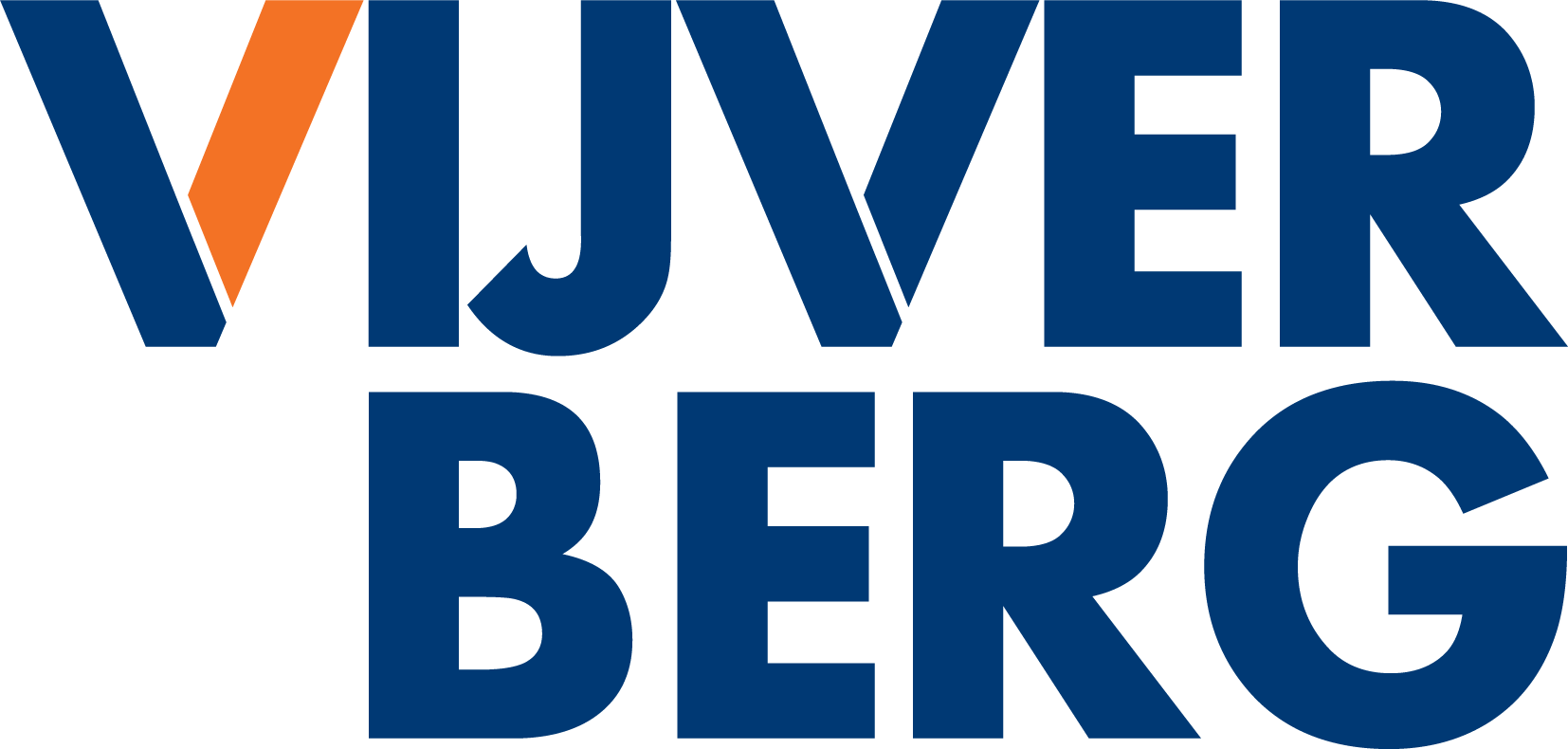For large construction projects, there are three payment methods:
- automatically
- by progress
- on work package.
These payment methods each have advantages and disadvantages. The disadvantages result in disputes during work execution. Recent technological developments provide a new perspective on these traditional methods.
Client and contractor perspective
For a client, the most important consideration in choosing a payment method is not to pay in advance. This limits the client’s risk in the event of the contractor’s bankruptcy. For the contractor, it is important to have a so-called cash-flow neutral payment schedule. This prevents the contractor from having to pre-finance materials, wages and equipment rental.
Payment by date
Payment by date is the simplest payment method. The client pays a monthly installment agreed upon in a payment schedule attached to the contract. The payment schedule is ideally aligned with project expenditures, such as procurement in certain months and the design efforts. In practice, however, we see that this method is almost always applied linearly. Initially, this payment on fixed calendar dates is independent of actual realized production.
The major advantage of payment by date is that it involves the least administrative burden for both client and contractor. In addition, communication with third parties, for example in project financing, is easier.
The disadvantage arises, when the contractor is behind in execution. Then this payment method brings the risk for the client of payment for work not performed. This is usually “repaired” by adding an additional provision that if production is delayed there is no right to payment. In practise, that very provision leads to much debate.
For smaller projects, payment by date remains a good solution.
Payment by progress or percentage complete
Payment on progress appears to be the most balanced payment method between client and contractor. When properly applied, it prevents both prepayment by the client and pre-financing by the contractor.
A good application also requires creativity in dealing with items that are less easy to measure, such as engineering progress, distinction between prefabrication and on-site installation, and down payments on purchases of materials with long delivery times.
The familiar sting in payment on progress is the determination of the percentage completed. Who can say whether work is 25% or 30% complete? Should it be considered complete including inspection and testing, or does the percentage only refer to mechanical complete? It requires extensive definition. In addition, for a proper registration of work in progress, only production delivered to the construction site can be included.
Payment by work package
With the arrival of the UAV-GC contract, the work package system was introduced. For payment on work package, payment is made per part of the work as a completed whole. In addition to the technical execution of the work, inspection, testing and as-built documentation (verification and validation) are also part of a completed work package.
A powerful advantage of payment by work package is that it provides a solution to the much debated “final deadline” and completion file. This is particularly advantageous to the client.
In addition, payment based on work package also has a built-in penalty. If the performance is late, payment will not be made. This is nice from the client’s perspective. However, in practice, the objectification of “the completed work package” and the issuance of the associated performance declaration are not always so objective. Quickly accepting documentation does not appear to be so easy. This entails payment risk for contractors.
A disadvantage that both parties experience with payment based on work packages is the administrative burden that the system entails and the associated costs.
Deployment of 4D planning
The use of 4D planning has increased significantly in recent years. For 4D planning, the 3D engineering model of a project is coupled with planning. The result is that the construction sequence is simulated in the 3D model. For many people, this is easier to read than a Gantt Chart (beam planning). The 4D schedule can be displayed in scripts that show the work per day or played as a video.
This linking of time (planning) to scope (engineering model) makes the step to linking to budget very small. This is also called 5D planning or cost-loaded planning. We find the terminology less important. The possibilities are all the more interesting.
The 4D planning offers the possibility of displaying the status of elements from the engineering model on the construction site via a tablet. For example, installed or installed and tested. The status of the work can be logged directly in the 4D planning. By using a tablet, this can be objectified by linking photos to the status.
Combining 4D planning and payment on progress
When the budget is professionally distributed over the work breakdown structure (WBS), the 4D planning can show exactly which part of the work has been completed. This puts the payment method of payment on progress in a new light. This makes it possible to objectively determine the monthly percentage of completion. The advantages of avoiding prepayment by the client and pre-financing by the contractor remain. Within Vijverberg we consider the combination of 4D planning and payment on progress to be a good system.
